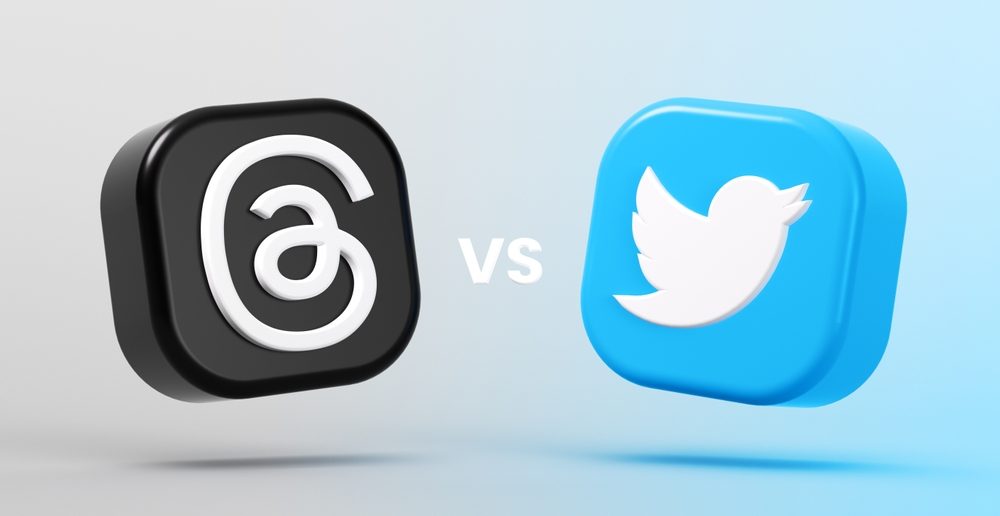In today’s digitally connected world, the choice of a social media platform can significantly influence a brand’s visibility, reputation, and customer engagement. Among the various options, Twitter and Threads have emerged as strong contenders, each offering distinctive features that can cater to different business objectives. By understanding the strengths and ideal use cases for each platform, you can strategically tailor your social media strategy to your brand’s unique needs.
Twitter: Instant Engagement and Broad Reach
Since its inception, Twitter has solidified its reputation as a go-to platform for real-time, bite-sized content. Its primary offering – tweets – are short, sharp messages limited to 280 characters. This brevity, combined with the platform’s immense global user base, makes Twitter a potent tool for real-time updates, immediate audience engagement, and wide-reaching brand announcements.
Twitter shines in its capacity for interaction. Brands can hold conversations with their audience, respond to queries quickly, and even manage customer service issues. Furthermore, Twitter’s emphasis on hashtags and trending topics makes it a fantastic platform for businesses aiming to be part of larger conversations, aligning with current events or popular trends.
Threads: Detailed Storytelling and In-depth Discussions
Threads, on the other hand, offers a different approach to social media communication. Instead of brevity, Threads prizes depth. It provides a space for users to weave longer narratives, delve into complex topics, and foster in-depth discussions, all organized in easy-to-follow threads.
For brands with complex products or services, or those aiming to position themselves as thought leaders in their industry, Threads can be an ideal platform. It allows for comprehensive storytelling, deep dives into technical topics, and nuanced discussions that can’t be encapsulated in a tweet. This makes it a preferred platform for brands looking to build a more profound connection with their audience or articulate their industry expertise.
Choosing the Right Platform for Your Brand
The choice between Twitter and Threads isn’t necessarily a binary one – each serves a unique purpose and can be used in conjunction with the other. Twitter’s speed and breadth can provide rapid awareness and engagement, while Threads can supplement this with deeper dives into specific subjects, helping to build a richer brand narrative.
Brands aiming for timely updates, immediate customer interaction, or riding the wave of trending topics might lean towards Twitter. Meanwhile, those intending to share detailed insights, foster thoughtful discussions, or demonstrate industry expertise might find Threads more suitable.
Moreover, a multi-platform approach is often the most beneficial. Many successful brands employ a strategy that uses Twitter for quick updates and customer interaction, while utilizing Threads for more substantial, content-rich discussions. This combination ensures brands cater to different segments of their audience and address a range of content requirements.
In conclusion, both Twitter and Threads offer unique opportunities for brands to connect with their audience. The choice isn’t about which platform is categorically ‘better’, but rather, which one aligns more closely with your brand’s goals, content strategy, and audience expectations. Whether you choose Twitter’s dynamic engagement, Threads’ detailed discussions, or a blend of both, remember that your content must resonate with your audience to drive a successful social media strategy.




